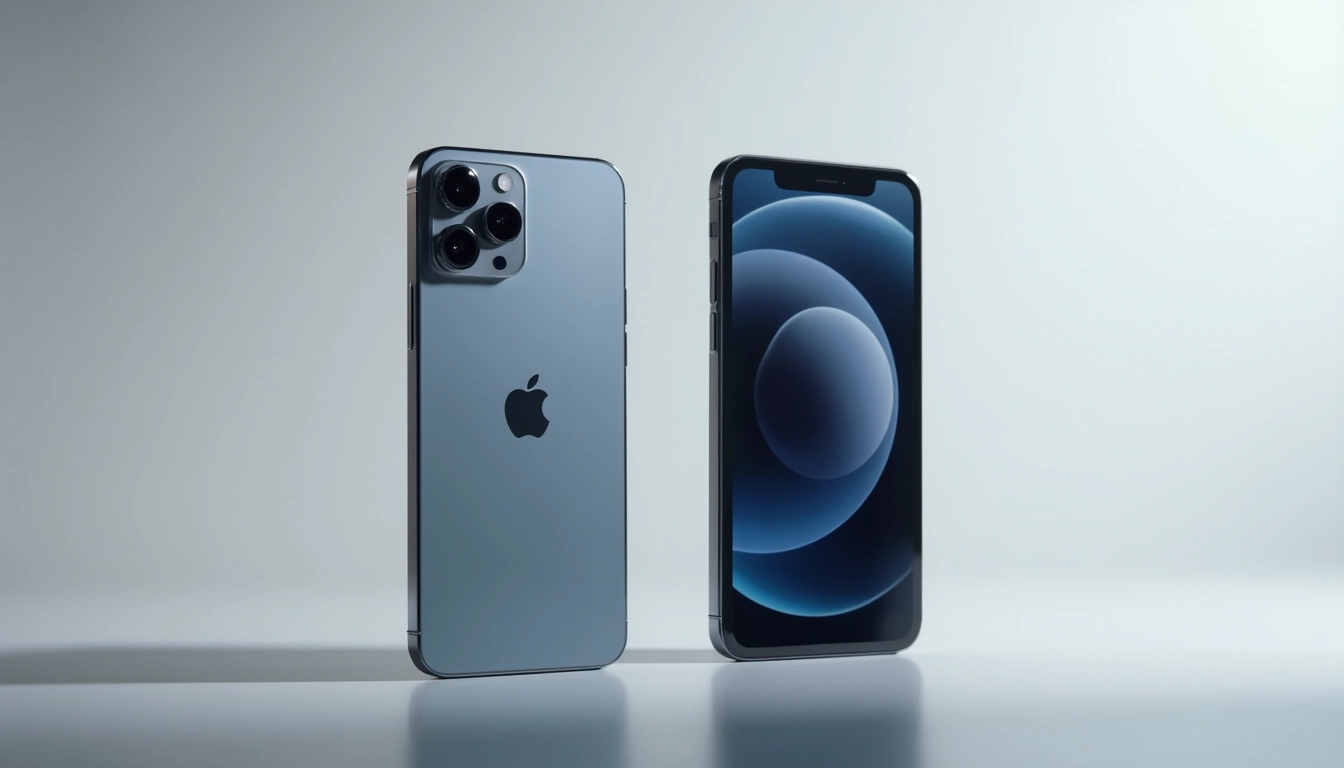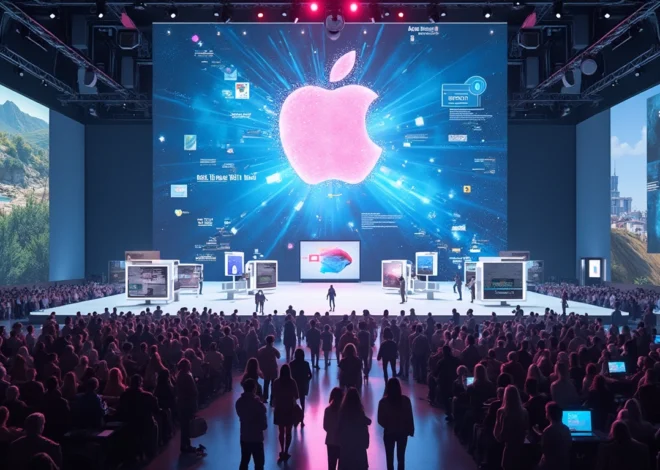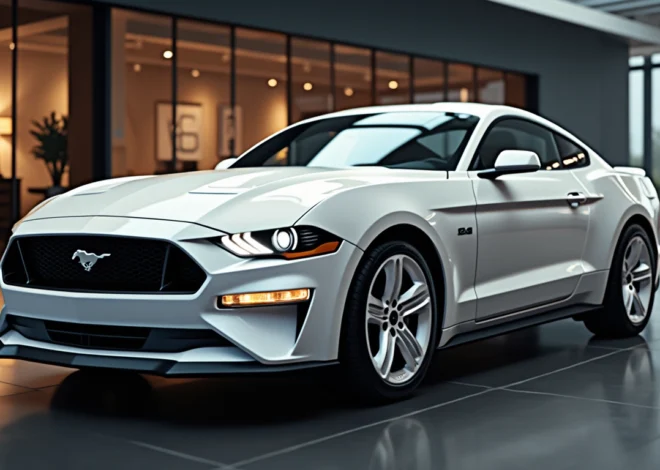
Google Pixel 9a vs iPhone 16e Battle Showcases Midrange Smartphone Evolution
In the ever-competitive mid-range smartphone market, Google’s Pixel 9a and Apple’s iPhone 16e represent distinct approaches to delivering value-focused devices. The Pixel 9a comes equipped with a 120Hz display and advanced AI capabilities at $499, while the iPhone 16e brings Apple’s premium build quality and the new A18 chip at a $599 price point.
Table of Contents
Key Takeaways:
- Price difference of $100 makes the Pixel 9a more budget-friendly at $499
- Pixel 9a offers superior display technology with 120Hz refresh rate compared to iPhone 16e’s 60Hz
- Both phones feature 48MP main cameras with different computational approaches
- iPhone 16e packs the powerful A18 chipset while Pixel 9a focuses on AI with Tensor G4
- Pixel 9a promises 7 years of OS updates versus Apple’s typical 5-6 years of support
Design and Display Showdown
The iPhone 16e maintains Apple’s signature design language with its flat sides and aluminum frame, introducing the new Action Button for quick shortcuts. The Pixel 9a sports a refreshed look with its distinctive camera visor and a slightly larger 6.3-inch OLED panel.
The display refresh rate marks a significant difference between these devices. The Pixel 9a’s 120Hz screen delivers smoother scrolling and better gaming responsiveness, while the iPhone 16e sticks with a basic 60Hz refresh rate. Apple’s display technology still impresses with excellent color accuracy and brightness.

Camera Systems and Computational Photography
Both phones showcase different approaches to mobile photography. The camera quality battle puts the Pixel 9a’s dual-camera system against the iPhone 16e’s single lens setup. Google’s computational photography shines with features like improved Night Sight and Macro Focus, while Apple counters with its refined image processing.
The Pixel 9a’s additional ultrawide lens offers more shooting flexibility. Google’s AI photography features continue to impress with Magic Editor and Best Take capabilities.
Performance and AI Capabilities
The iPhone 16e’s A18 chipset delivers exceptional raw performance for everyday tasks and gaming. Meanwhile, the Pixel 9a’s Tensor G4 focuses on AI features, enabling advanced capabilities like Call Screen and Recorder with live transcription.
Looking to automate your smartphone tasks? Check out Latenode for powerful automation solutions that work seamlessly with both platforms.
Battery Life and Software Experience
The battery life competition sees the Pixel 9a taking the lead with its Extreme Battery Saver feature, promising up to 100 hours of use in emergency situations. The iPhone 16e offers reliable all-day battery life but lacks MagSafe charging capabilities.
Software-wise, Android’s latest features like Circle to Search give the Pixel 9a unique capabilities, while iOS provides seamless integration with other Apple devices. The Pixel 9a’s promise of 7 years of updates gives it an edge in long-term software support.


